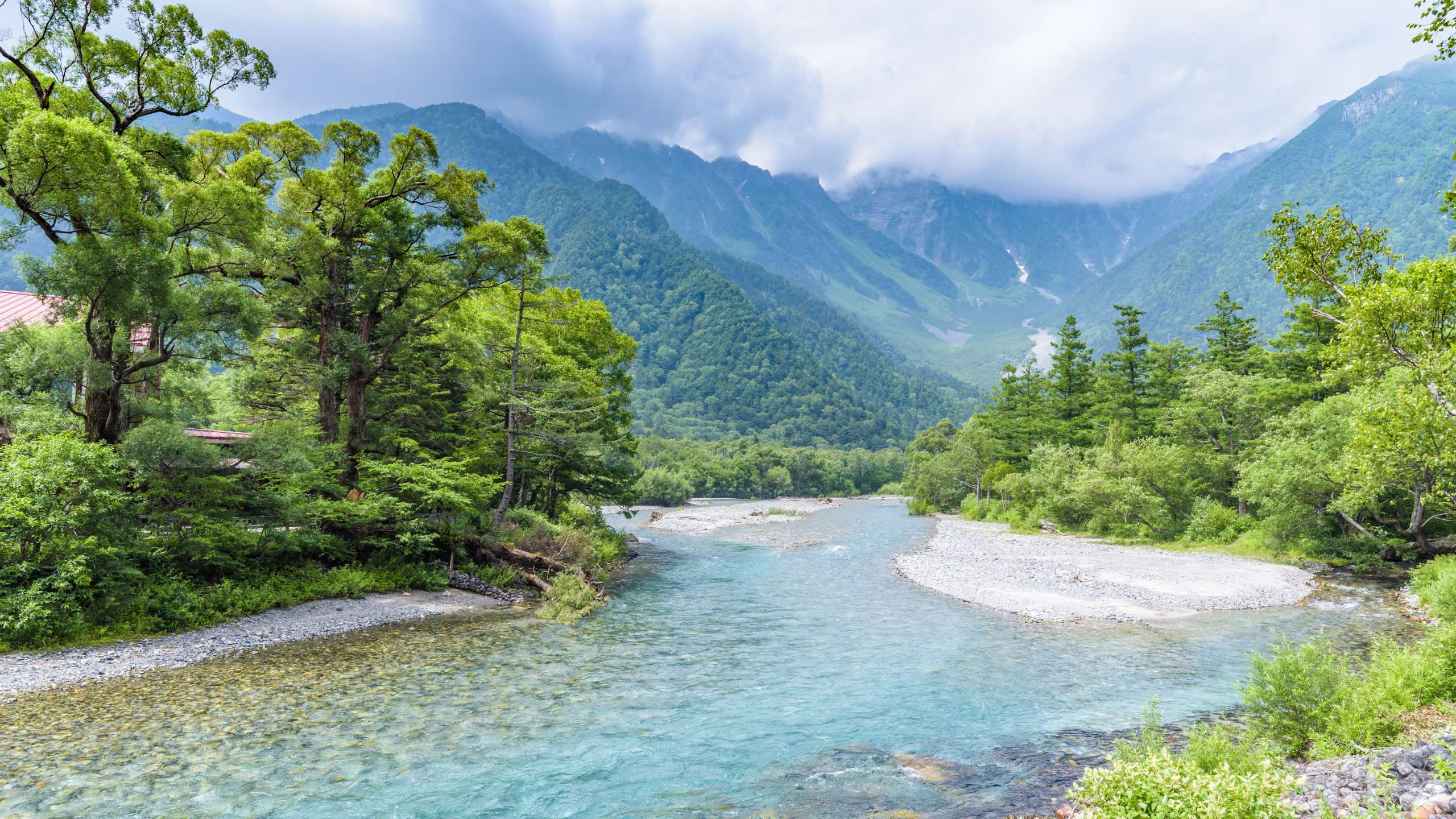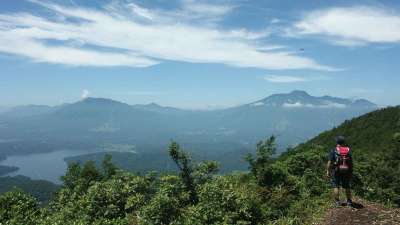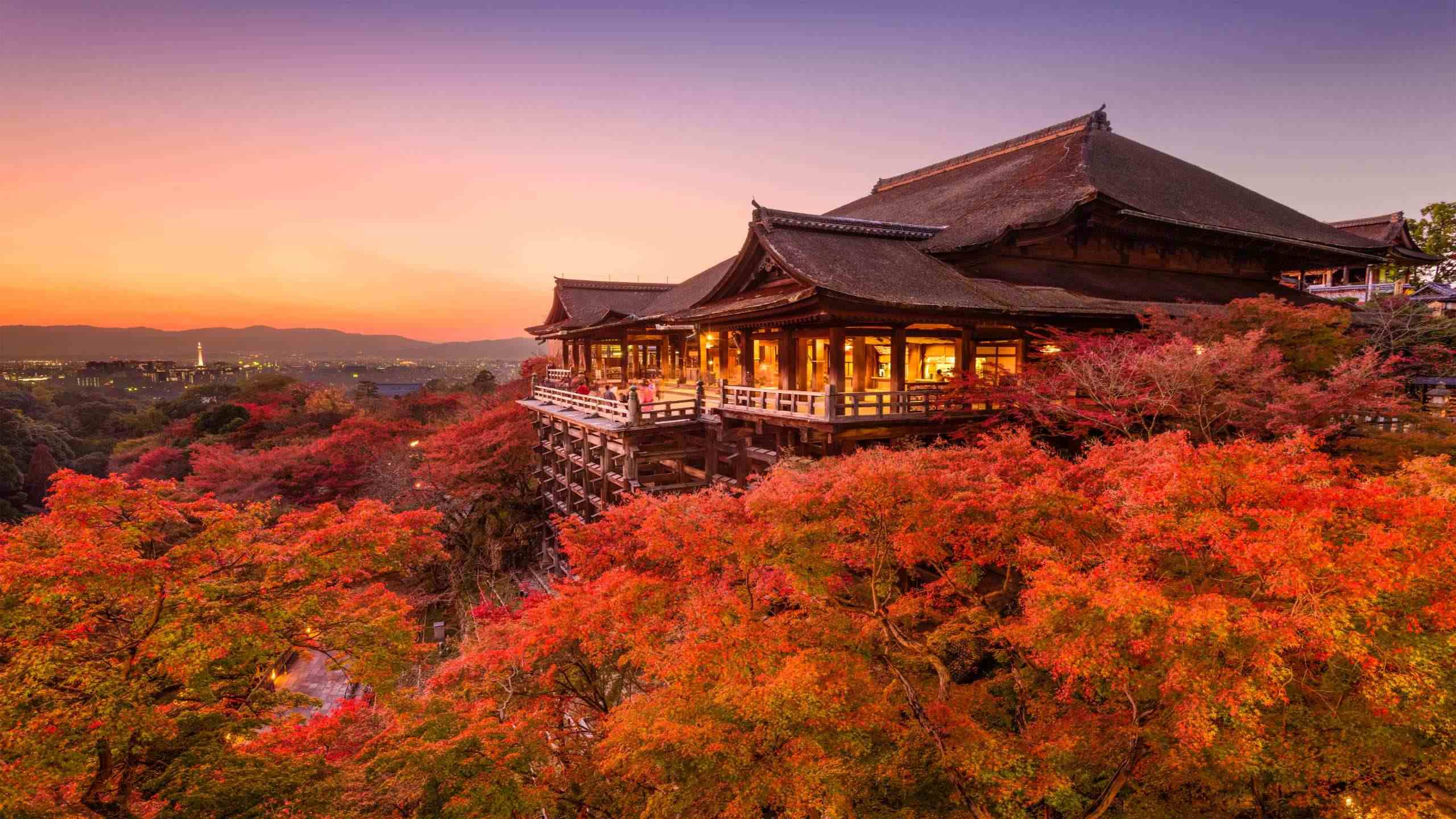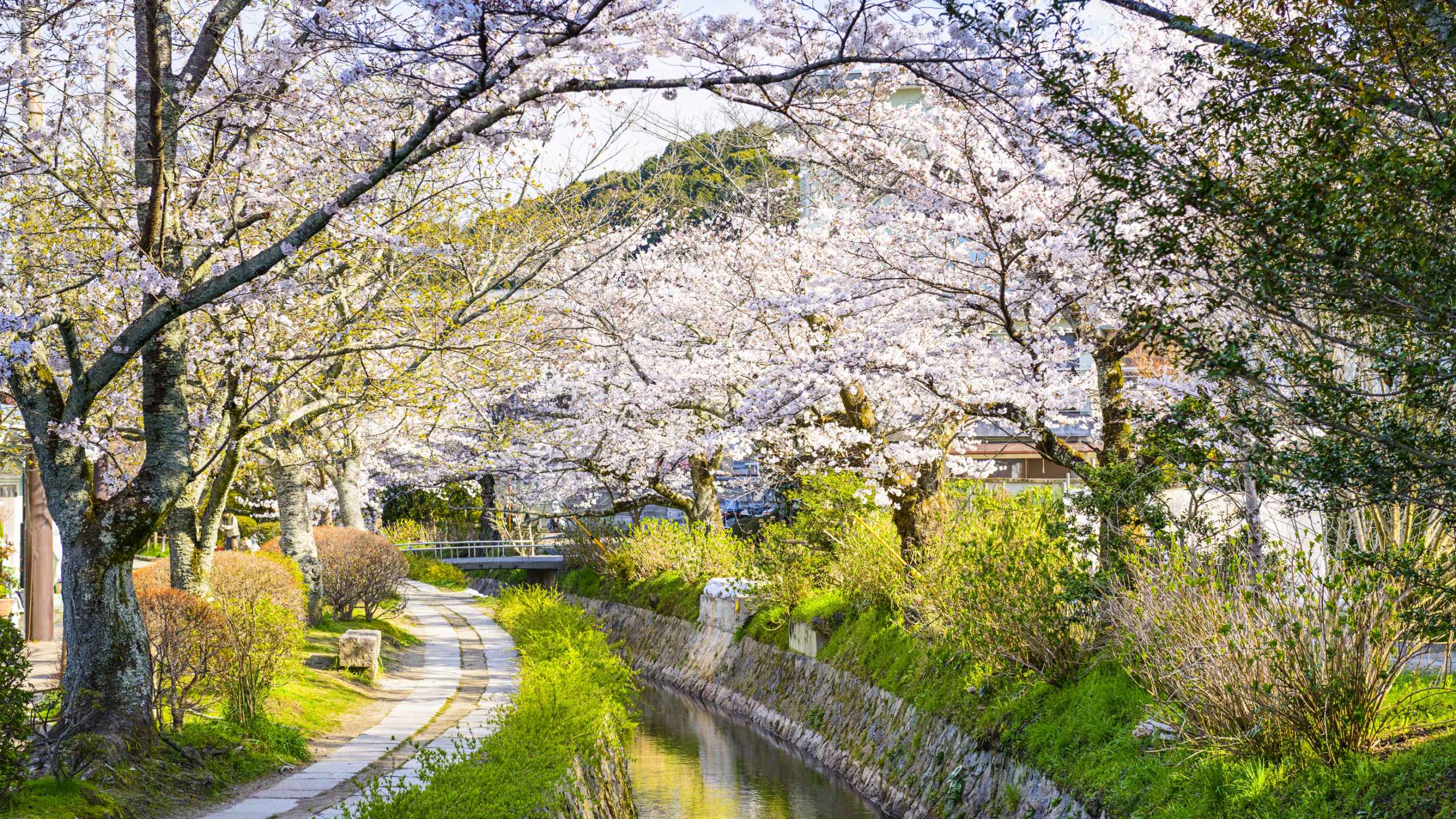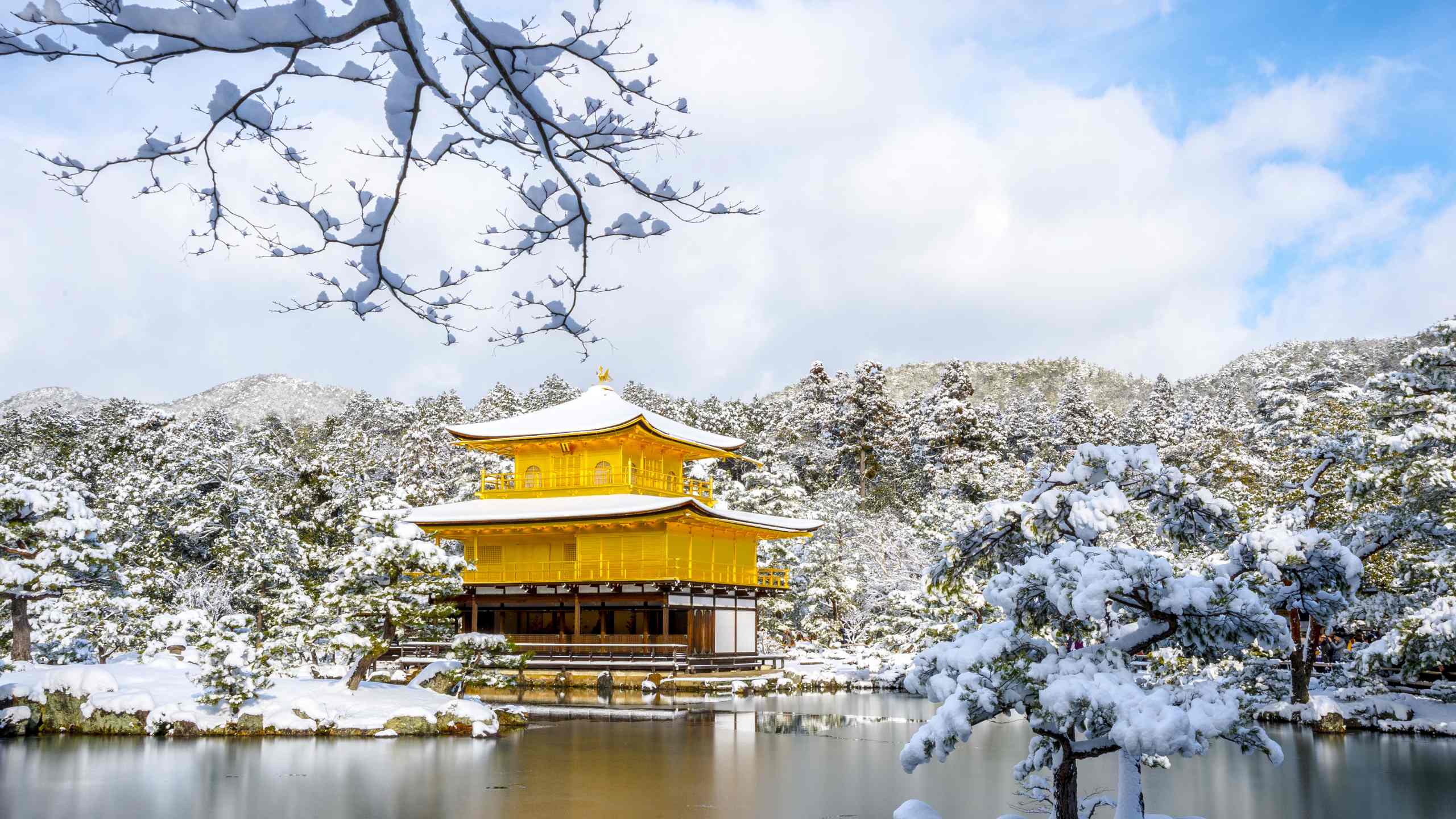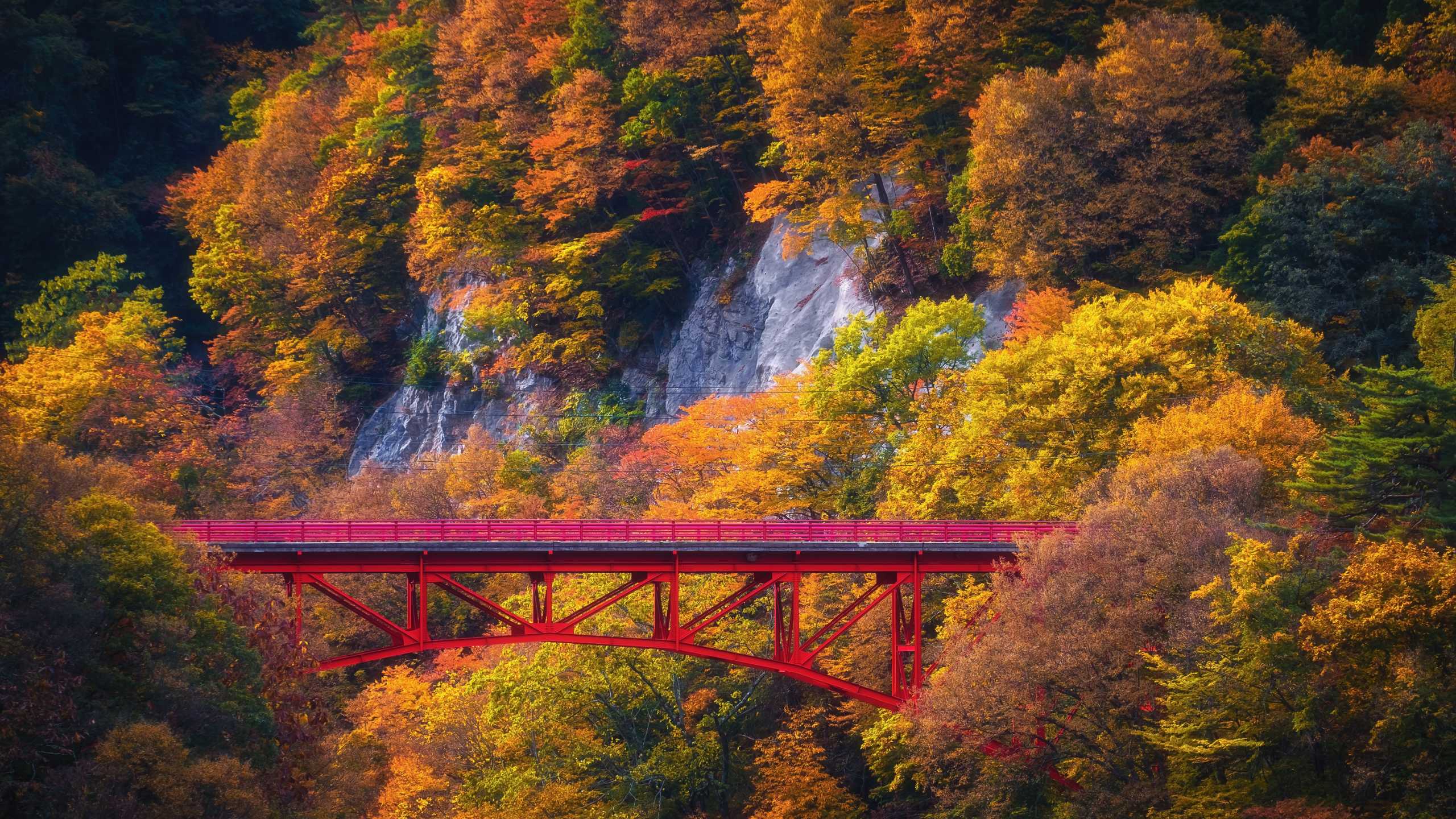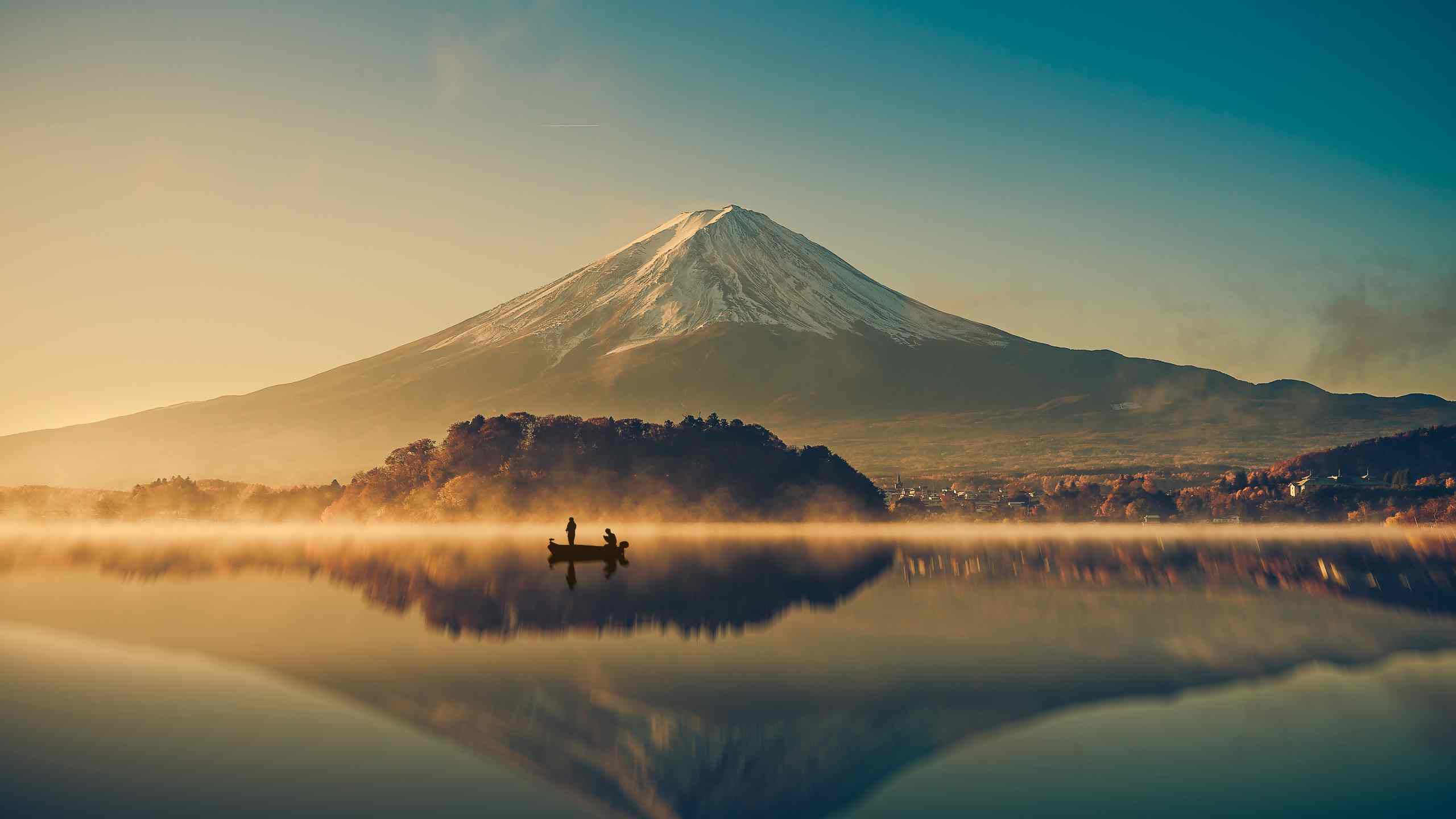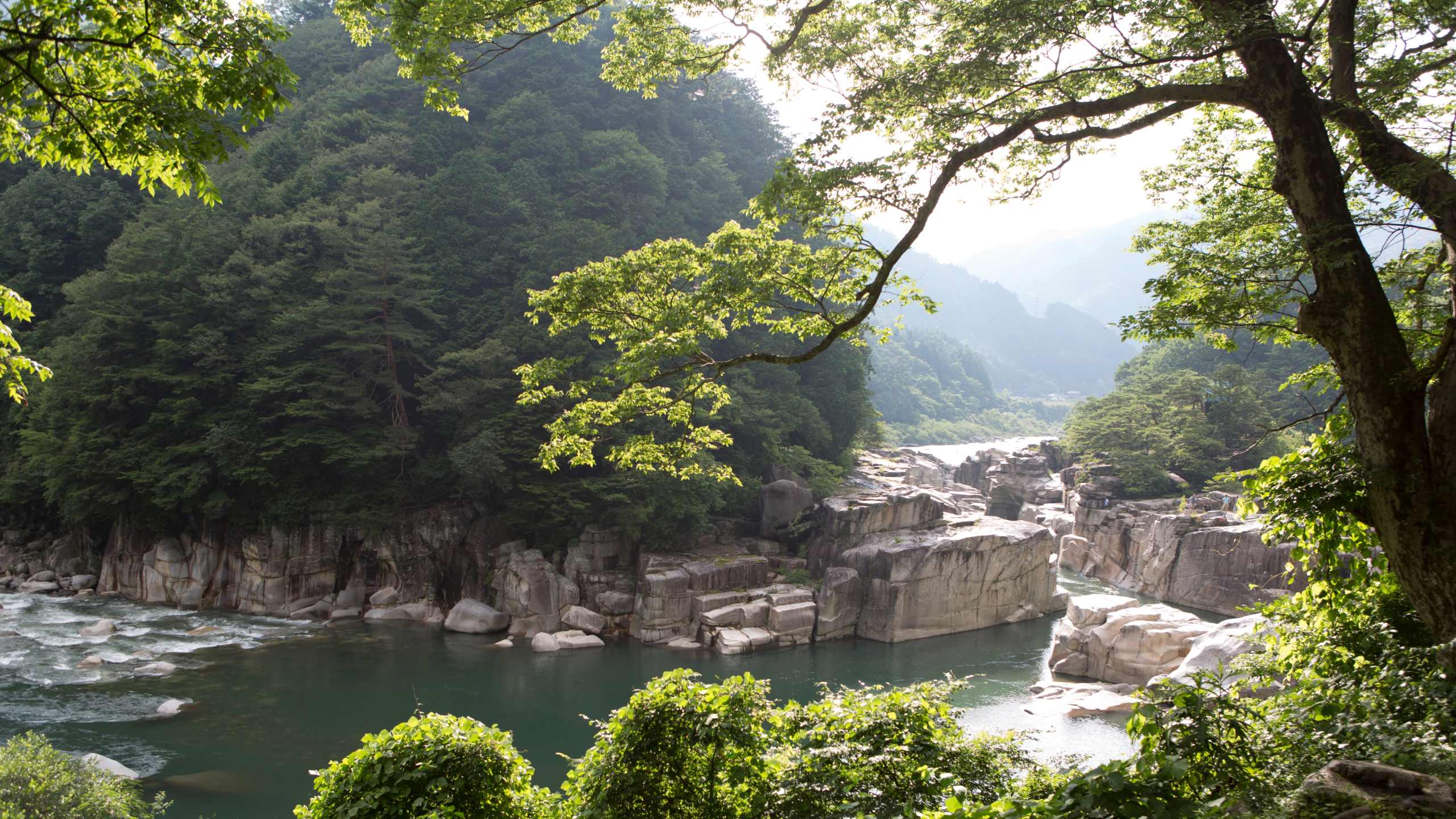If you are after an ultimate hiking experience in Japan away from the crowds and off the beaten path, you’ve come to the right place. The off beaten Shin-etsu Trail and Kamikochi are one of the best hiking adventures in Japan. From Shin-etsu's dense cedar woods and peaceful beech forests to the tranquil Japanese Alps of Kamikochi; both offer day hikes or multi day walking adventures that make impressive hiking experiences to include in your Japan trip. Here, we give you a quick guide to Shin-etsu Trail and Kamikochi.
If you are planning a holiday to Japan, you might also like to read Top Places To Visit in Japan and Best Things To Do in Japan.
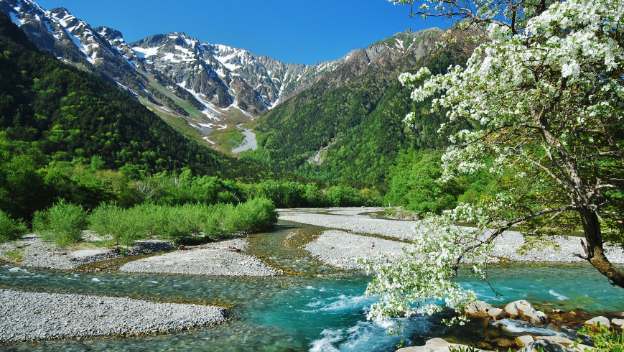

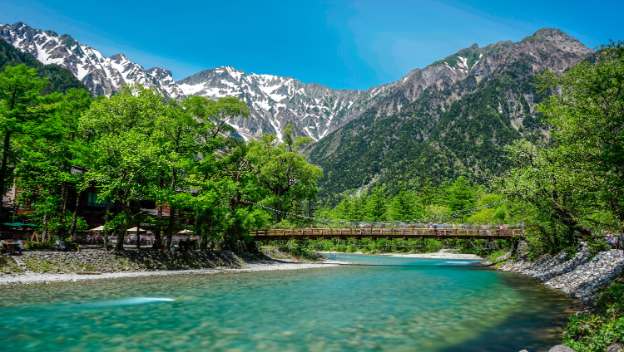
What Is The Shin-etsu Trail?
Shin-etsu is on the border of Nagano and Niigata prefectures where there are geologically active mountains. In the middle of these mountains lie the Shin-etsu Trail. The Shin-etsu Trail is the first-long distance trail in Japan, modeled after America’s Appalachian Trail. It connects small towns and villages in a network offering hikers to visit local communities and stay in local traditional accommodations along the way. It follows one of the oldest trails in Japan taking you through majestic beech tree forests, across wetlands, serene lakes and mountains. You can also ponder the historical roots of the trail where it was once used as trade routes between Shinano and Echigo provinces (modern day Nagano and Niigata). Walk through time, beautiful nature and satoyama landscapes on the ultimate Japanese trekking adventure.
What To Expect Hiking The Shin-etsu Trail?
From start to finish the trail runs 80 kilometres. The trail is divided into six sections:
Section 1: starts at Mount Madarao and ends at Akaike Pond. This section traverses the highest point of the trail – 1,382 metres
Section 2: journeys from Akaike Pond to Wakui and passes through the lowest part of the trail (563 metres) as it meanders through wetlands
Section 3: journeys from Wakui to Hotokegamine Trailhead and is overall the lowest section of the route
Section 4: journeys from Hotokegamine Trailhead to Sekida Gap and reaches the second highest point of the trail
Section 5: journeys from Sekida Gap to Busino Gap
Section 6: finishes at Mount Amamizu completing Japan’s Shin-etsu trek.
Hiking the entire length is usually done within five nights and six days. However, it is possible to walk different sections in a shorter period of time. For those who want a more casual approach, the best way to explore the trail is to pick and choose a selection of day hikes to do over a few days, taking on sections that match your personal fitness levels and interests. Explore more of our Shin-etsu Trail Walking Adventures. Along the trail there are camping facilities at a cost per night where reservations are required and for those in pursue of a little luxury there are lodging accommodations near the trail.
When Is The Best Time To Hike Shin-etsu Trail?
The hiking season for the Shinetsu Trail runs from June to November. But, there are a few things to know depending on when you’re hiking:
- Mid-June to early July is the wet season, so rain gear is a must
- Summer (late July to mid-August), it can be very hot and humid
- Late May to June when beech trees are covered with fresh green buds is another attractive season for hiking, there may still be snow left on the route
- The best hiking season would be in Autumn from mid-to-late October for the spectacular autumn foliage when the beech tree leaves turn to birlliant colours of autumn leaves. The weather isn't too hot or cold during this time, making it ideal for trail walking.
You might also like to read our guide on Best Time To Visit Japan.
How To Get To The Shin-etsu Trail?
The Shinetsu Trail is easily accessed via public transport.
- From Tokyo: it takes around 2 hours by Hokuriku Shinkansen to get to Iiyama Station, the closest station to the southern end of the trail. From here, you can catch a 30-minute taxi to Mt Madarao where the trail starts. Alternatively, you can catch a bus from the station - the Madarao bus line has various stops that visit different sections of the trail. To start from the eastern point of the trail, take the Joetsu Shinkansen to Echigo Yuzawa Station.
- From Osaka or Kyoto: take the Limited Express Thunderbird to Kanazawa then transfer to the Hokuriku Shinkansen to Iiyama Station.
What Is Kamikochi?
Kamikochi is a beautiful valley found in the Japanese Alps (Nagano Prefecture) and part of the Chubu Sangaku National Park. Kamikochi is situated 1500 meters above sea level and surrounded by tall and impressive-looking mountains. You’ll discover serene forested valleys and unique wildlife surrounded by the Hokata Mountains. Running through the valley is the Azusa River with its crystal clear water. The valley is also home to several marshes and ponds. Mount Oku-Hotaka, the highest peak in the Northern Japan Alps (3,190 m), stands at Kamikochi’s northern end, and the active volcano, Mt. Yake, at its southern border. Kamikochi is made of an array of hiking trails, mountain huts, campgrounds, quaint resorts as well as traditional ryokans, a visitor information centre, souvenir shops, restaurants and cafes, a post office, and a Shinto shrine.
What To Expect Hiking In Kamikochi?
Hiking Kamikochi National Park is an easy way to spend a day in the Japanese Alps. It is easily possible to combine several Kamikochi trails. Hiking at Kamikochi is ideal for both inexperienced or physically challenged hikers where easy hikes with impressive views can be completed in 3 to 5 hours. It also has plenty of more challenging hikes that take several days to complete. Explore our Best of Kamikochi & Alps Walking Adventure or embark on an active adventure with the Best of Kamikochi Walk & Mountain Biking.
Kamikochi Hiking Highlights
- Mount Yakedake: the only active volcano in the Northern Japan Alps. With proper gear and precaution, you can hike to the summit of Yakedake to see the smouldering crater
- Azusa River: runs the length of Kamikochi. As you pass through the park, you’ll see the water change from gentle streams to flowing rapids to stagnant marshes
- Taisho Pond: This picturesque area is best known as a reflection pond for Mt. Yakedake and the surrounding golden larch trees
- Kappa Bridge: the most iconic landmark of Kamikochi
- Hotaka Inner Shrine: located just off of Myojin Pond where you can see the famous miniature shrine and bell at the end of the wooden dock
- Myojin Pond: one of the most beautiful places in Kamikochi. Its tranquil waters, rocky outcrops, and foliage make it feel like a Japanese garden in nature. It’s also home to the Hotaka Shrine’s dockside bell.
- Myojin Bridge: Located about 3km north of Kappa Bridge, this impressive orange wood suspension bridge is perfectly aligned to the peak of Myojindake
Best Multi-Day Hikes In Kamikochi
- Yarigatake: 2-3 days
- The Daikiretto: 3-4 days
- The Panorama Ginza Trail: 3/-4 days
- Nishi-Hotaka: 2 days
- Mt. Hotaka: 2 days
Best Day Hikes In Kamikochi
- Yakedake: The best day hike
- Karasawa: The easiest overnight hike
- Tokusawa and Yokoo: The easiest hikes
- Kasumizawa: The quietest trail for busy days
When Is The Best Time To Hike Kamikochi?
Due to weather conditions and road access, Kamikochi park is only open from mid-April to mid-November. Kamikochi is closed during winter, from November to April.
Summer and autumn, from June to October, are the best times for hiking in Kamikochi. summer hikers will enjoy the lush green trails, wildflowers, and comfortable temperatures. Beginning in late September, autumn colors start spreading down from the mountain tops, with colors peaking around mid-October for the spectacular autumn foliage.
How To Get To Kamikochi?
Kamikochi is not accessible by car, only by bus.
- Traveling from Tokyo, Osaka, or Kyoto: Alpico Group operates a number of express highway buses that run from these cities directly to Kamikochi Bus Terminal. Japan Rail Pass holders coming from Tokyo could also take the Hokuriku Shinkansen to Nagano Station, and catch an Alpico Group highway bus from there. Because of Kamikochi’s location, it’s a perfect stopover if you’re planning to visit Osaka from Tokyo or another eastern Honshu city.
- Traveling from Nagano Prefecture: The simplest way to get to Kamikochi Japan from Nagano prefecture is via Matsumoto. This beautiful city is home to one of Japan’s best-preserved castles and makes a great stopover on your way to Kamikochi. Matsumoto Station is served by five Japan Rail lines, so JR Pass holders can easily travel here for free.
If you are keen to explore more Japan hikes, read our guide on The Kumano Kodo and Nakasendo Trail, and walk to where you’ll experience thousands of years of history.
